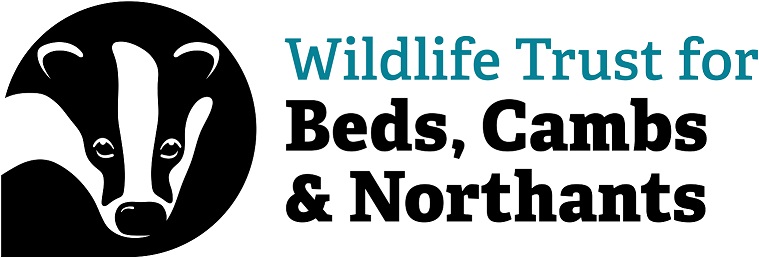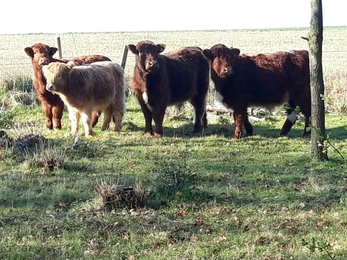Reserves Highlights
Eamonn Lawlor, Senior Reserves Office (West Cambridgeshire)
Lattersey Nature Reserve
A group of volunteers from the UN Environment Programme World Conservation Monitoring Centre joined our team this July to help remove a section of dilapidated boardwalk.
The boardwalk, quite lengthy and being built of wood in a wetland environment, began decaying in recent years and at a rate which we’ve struggled to keep pace with. We’ve been investing heavily in terms of time, effort and money annually. So, this year we came to a decision to remove part of the boardwalk to reduce the amount of work and investment needed going forward.
Temperatures were expected to reach 28 degrees centigrade on the day so we weren’t too optimistic about getting a lot of work done with the group. To our surprise though they got to work with great gusto and stripped out 30m of the boardwalk, despite the heat. People love to smash things up! The nearby tree canopy certainly helped to keep everyone cooler and it was nice to see volunteers bringing along some cool ice pops and water melons share around.
Our thanks to everyone, including Jackie Prebble, Warden for Lattersey nature reserve, who came out in support on the day.
Brampton Wood
We’ve been winching out tree logs from our ride side copse this June and July. Once pulled onto the grass rides we had a contractor transport them down to the storage yard for selling on as fire wood or chipped for biomass fuel. In total we moved 30-40 tonnes of wood. The revenue from this helps to offset any costs we incur to manage the wood throughout the year.
It won’t be long now before our once-a-month weekend volunteer work party resumes at the wood. They run from September to March/April.
We’re looking for new volunteers and more wardens to join our team. We currently have one warden running the work party and another warden helping around the wood. The new wardens could help with the running of the work party, a very friendly and welcoming bunch. If you’re interested or know of someone else who might be, get in contact with Eamonn Lawlor, Senior Reserves Officer, Eamonn.lawlor@wildlifebcn.org











